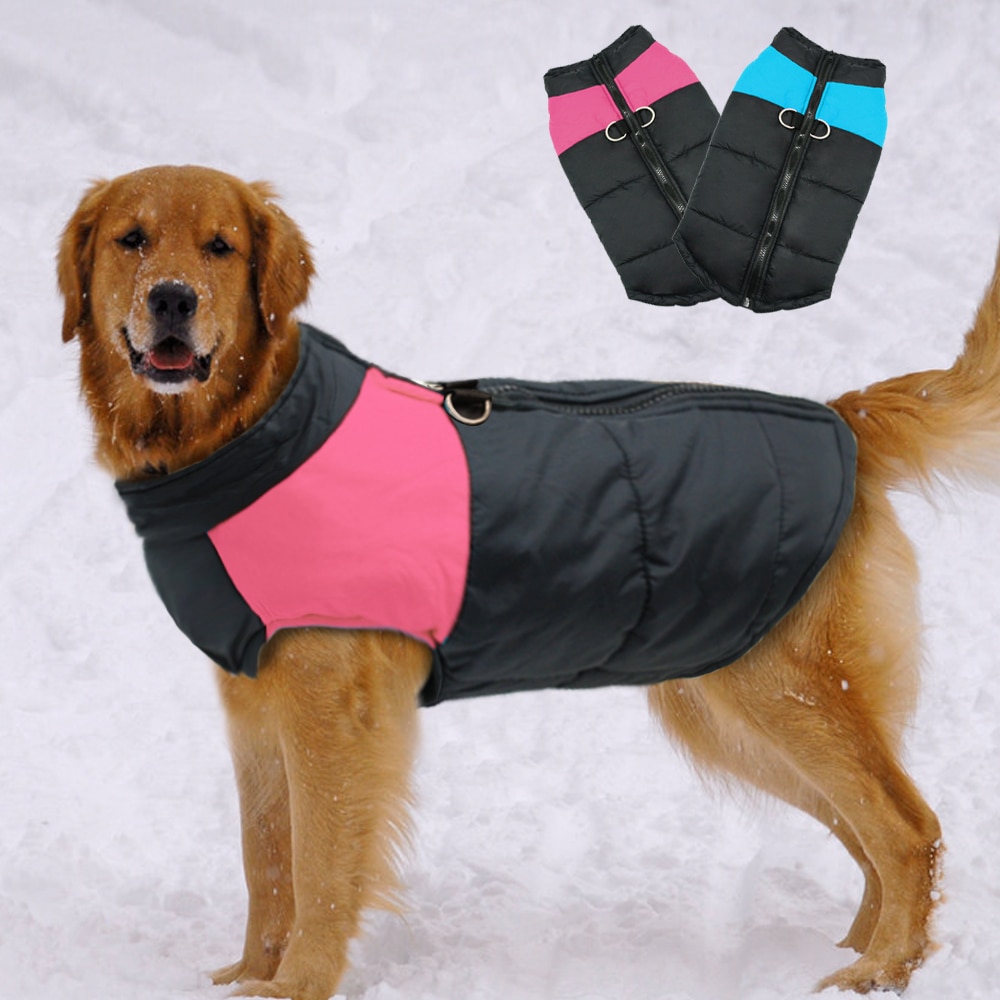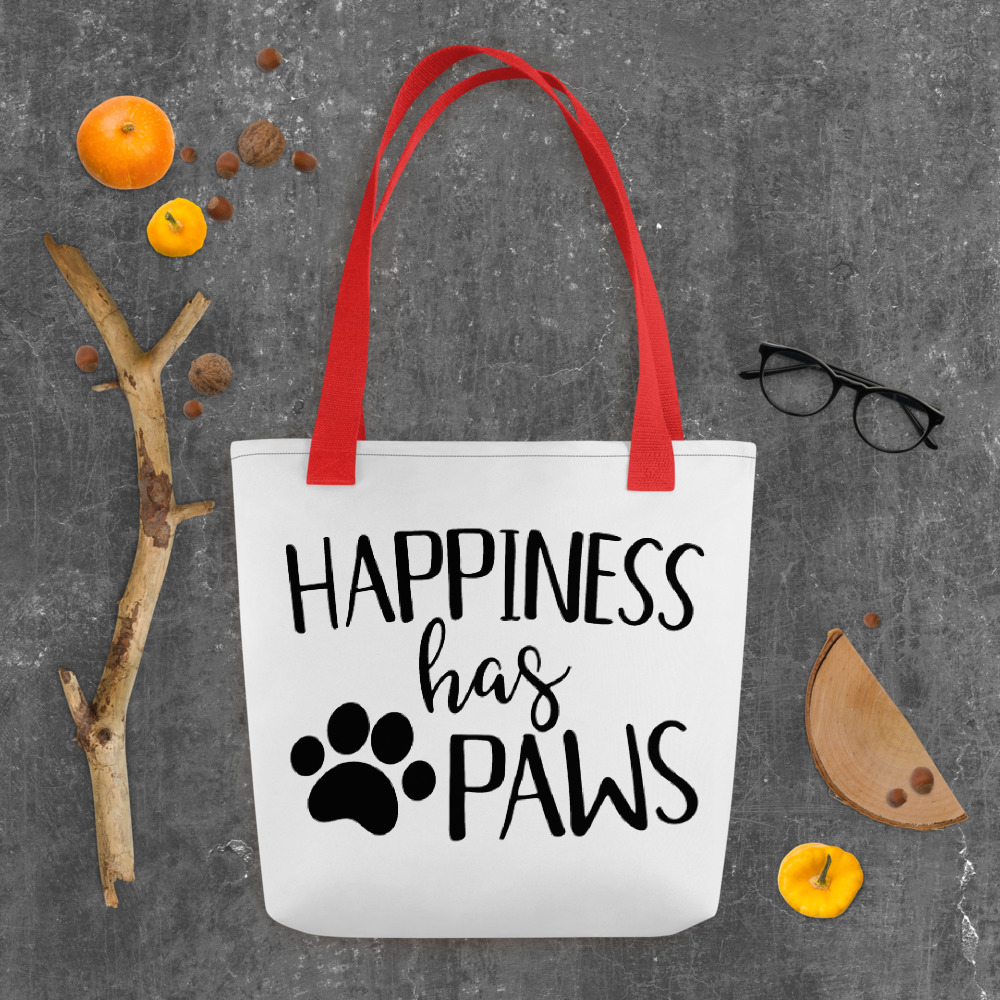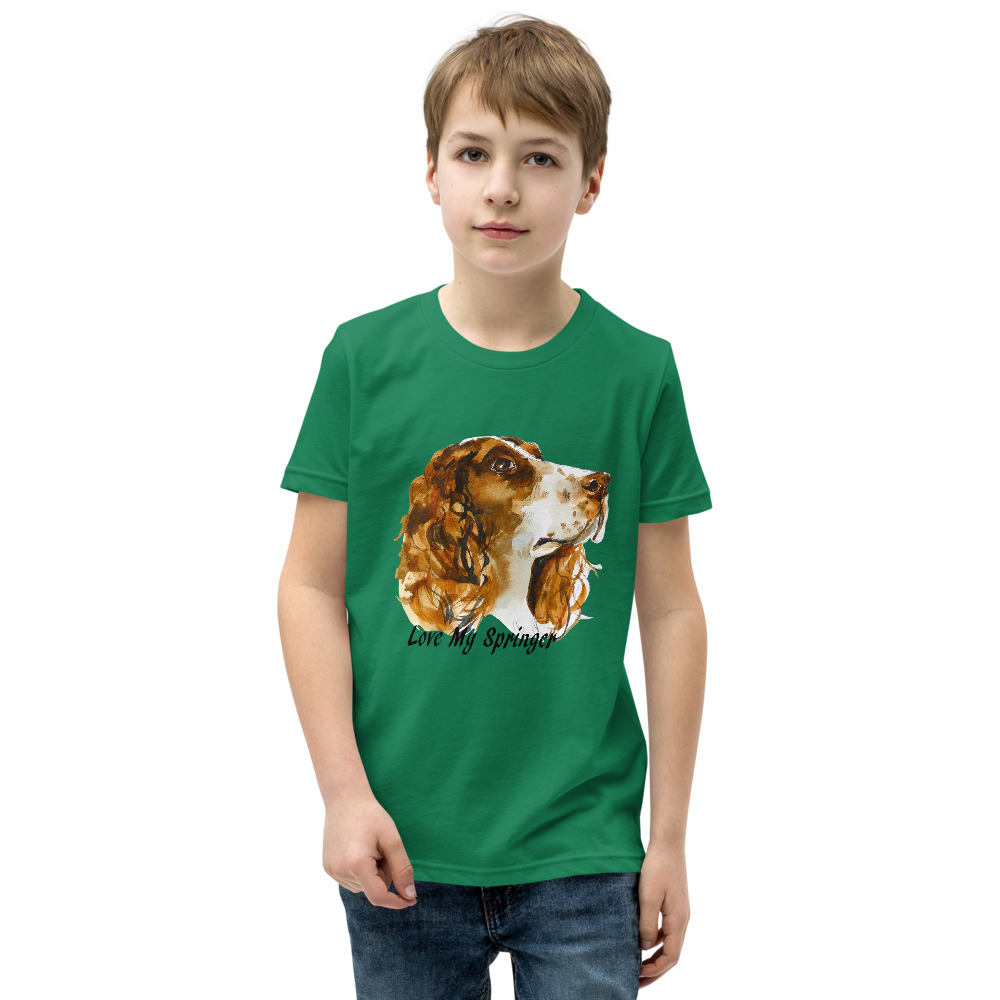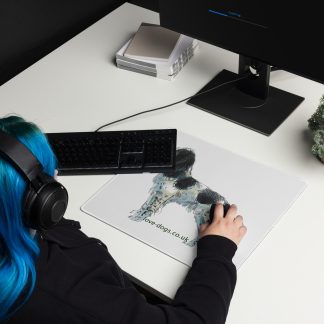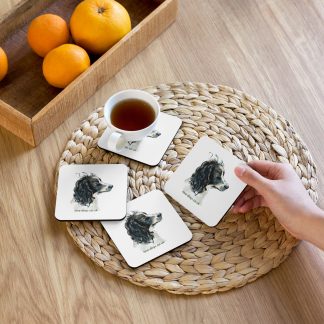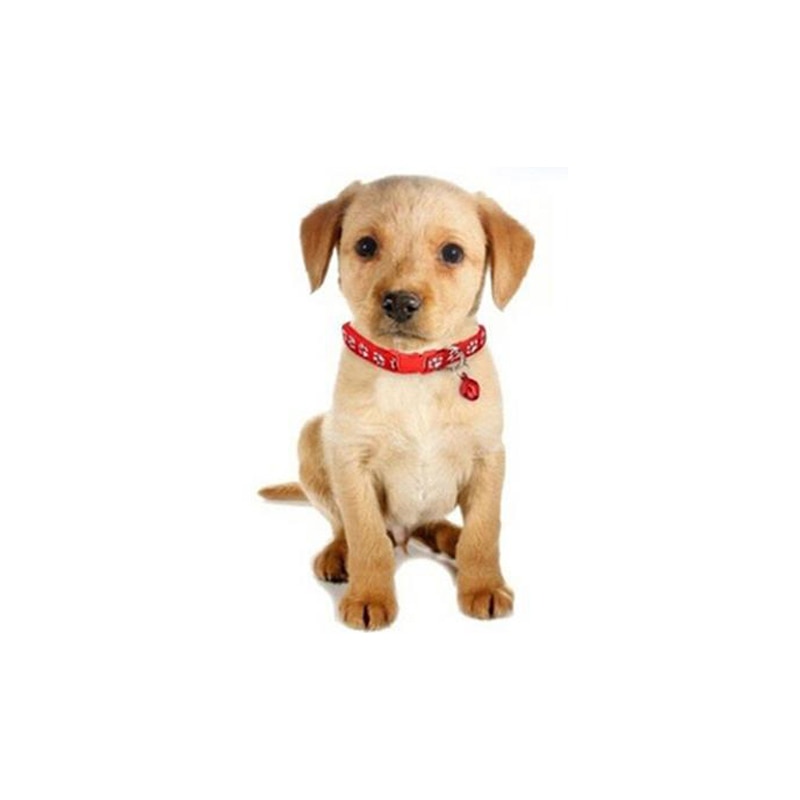
Bringing a new puppy into the household is always an exciting and fun time. Everyone wants to play with, cuddle and hold the little ball of fur. The last thing on the minds of most new puppy owners is training the new addition, but it is important that puppy training and socialization begin as early as possible.
Socializing a new puppy is a vital part of any training program, and it is important for socialization to begin early. The window for socialization is very short and a puppy that is not properly socialized to people, dogs and other animals by the time he or she is four months old often never develops the socialization he or she needs to become a good canine citizen.
Learning how to interact with other dogs is something that normally would occur between littermates. However, since most dogs are removed from their mothers so soon, this littermate socialization often does not finish properly.
One vital lesson puppies learn from their littermates and from the mother dog is how to bite and how not to bite. Puppies naturally roughhouse with each other and their thick skin protects them from most bites. However, when one puppy bites too hard, the other puppies, or the mother dog, quickly reprimand him, often by holding him by the scruff of his neck until he submits.
The best way to socialize your puppy is to have it play with lots of other puppies. It is also fine for the puppy to play with a few adult dogs, as long as they are friendly and well socialized. Many communities have puppy playschool and puppy kindergarten classes. These classes can be a great way to socialize any puppy and for handler and puppy alike to learn some basic obedience skills.
When socializing puppies, it is best to let them play on their own and work out their own issues when it comes to appropriate roughness of play. The only time the owners should step in is if one puppy is hurting another, or if a serious fight breaks out. Other than that the owners should simply stand back and watch their puppies interact.
While this socialization is taking place, the pack hierarchy should quickly become apparent. There will be some puppies who are ultra submissive, rolling on their backs and baring their throats at the slightest provocation. Other puppies in the class will be dominant, ordering the other puppies around and telling them what to do. Watching the puppies play, and determining what type of personality traits your puppy has, will be very valuable in determining the best way to proceed with more advanced training.
As the socialization process proceeds, of course, it will be necessary to introduce the puppy to all sorts of humans as well as all sorts of puppies. Fortunately, the puppy kindergarten class makes this process quite easy, since every puppy gets to interact with every human. It is important that the puppy be exposed to men, and women, old people and children. Dogs do not see every human as the same. To a dog, a man and a woman are completely different animals.
It is also important to introduce the puppy to a variety of other animals, especially in a multi pet household. Introducing the puppy to friendly cats is important, as are introductions to other animals the puppy may encounter, such as rabbits, guinea pigs and the like. If your household contains a more exotic creature, it is important to introduce the puppy to it as early as possible, but to do it in a way that is safe for both animals.
It is often best to start by introducing the puppy to the smell of the other animal. This can be easily accomplished by placing a piece of the animals bedding, like a towel or bed liner, near where the puppy sleeps. Once the puppy is accustomed to the smell of the other creature, he or she is much more likely to accept the animal as just another member o the family.


